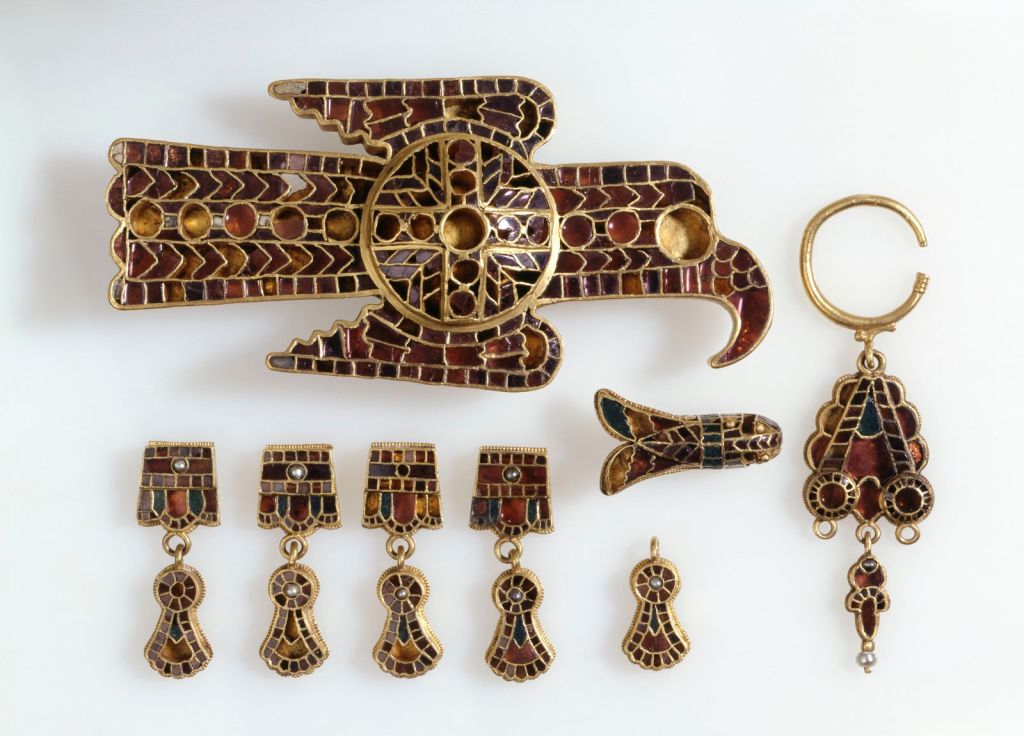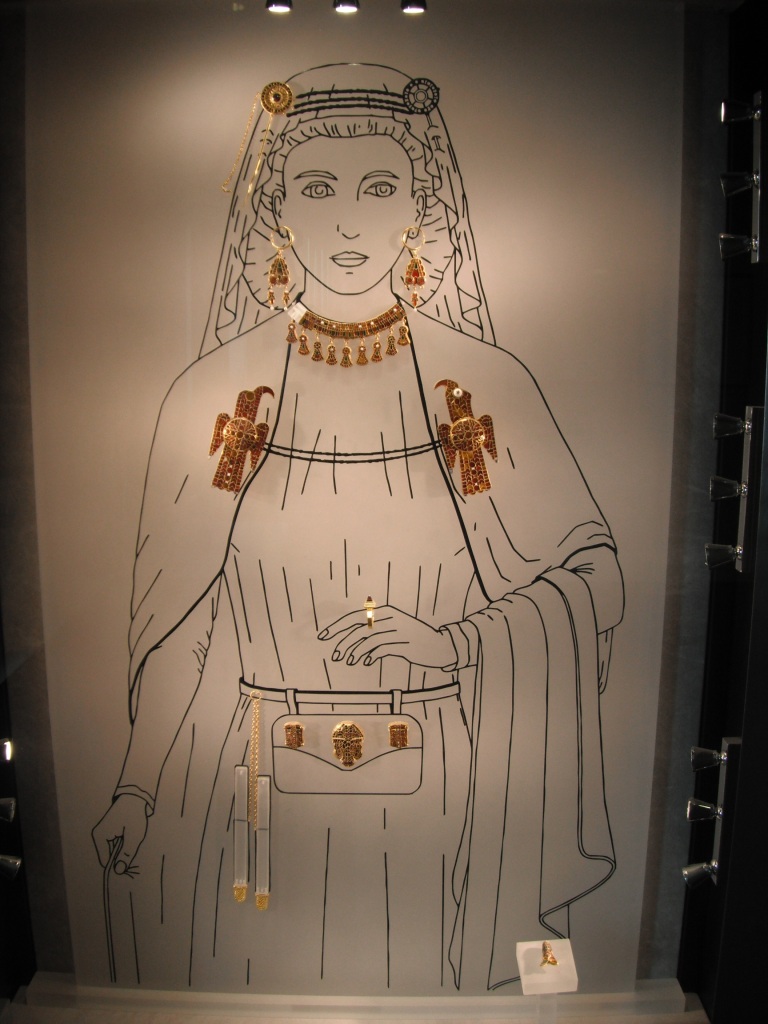My first year of Locally Foreign is coming to a close – I’m including the first month I did in December 2020 as part of it. It’s been incredibly fun to start this project – I’ve had friends and family join in (especially to play 20 Questions to guess next month’s country) and this has turned into such an enjoyable hobby. I’ve read a lot of good books, tried new food, listened to new music, and learned so much about different parts of the world.
This year (and a month) I covered 13 countries. My random selection pulled a good variety of countries: 2 Latin American, 1 Caribbean, 3 European, 2 Mid-East/North Africa, 2 Sub-Saharan African, 2 Asian, and 1 Pacific – though I do “re-roll” if I get a country too close to a recent one. For 2020/2021, I covered:
- El Salvador
- Israel
- Mozambique
- Finland
- Nauru
- Algeria
- Chile
- Togo
- Albania
- Thailand
- Trinidad and Tobago
- Uzbekistan
- San Marino
My goal each month is to learn new things about the given country – sometimes I’m starting with almost no knowledge (like Mozambique), and sometimes it’s a place I’m already familiar with (like Finland). A familiar country can pose it’s own challenges; and it can be an embarrassment of riches with countries that have a big online presence in English or French. I haven’t yet run into what I’m calling the “mega-countries” – places like the UK, US, India, or China – those may be genuinely overwhelming when I do come to them.
However, that’s the fun of it – I’m not trying to become a scholar and expert on each country I cover. I just want to get a glimpse and come away knowing a little bit more than I did before, and have a bit more richness of experience in my daily life.
Here are some of my favourite things from this last year:
- Books: The Hollywood Kid by Óscar and Juan José Martínez, My Promised Land by Ari Shavit, The First Wife by Paulina Chiziane, The Undesirables: Inside Nauru by Mark Isaacs, By Night in Chile by Roberto Bolaño, The Shadow of Things to Come by Kossi Efoui, Four Reigns by Kukrit Pramoj, and Central Asia by Adeeb Khalid.
- TV and movies: Shtisel, Call It What You Want, Foxtrot, Late Marriage, The Unknown Soldier, The Battle of Algiers, Monsieur Lazhar, and A Fantastic Woman.
- Radio and Podcasts: I found neat live radio from every country, but I particularly had stations I kept coming back to in Albania, Trinidad and Tobago, Togo, and Mozambique. I also found some really interesting podcasts on Uzbekistan (1,2), Trinidad and Tobago (1,2), Algeria (1,2), and Nauru.
- Music: Almok, Sethlo, Inti-Illimani, Soolking, Stig, Albino Mbie, Static and Ben El, A-WA, Netta, Gabriela Triste, Little Tony, Sherzod Ergashev, Toxir Sulton, Mighty Sparrow, Slot Machine, Itadi K. Bonney, Akofa Akoussah, Vaudou Game, Elom 20ce, and The Blaze’s Territory, as well as Trinidadian Soca and Mozambican mixtapes. And it pains to admit, but Googoosha’s Round Run is pretty damn catchy.
While I’m not a cooking blog, food definitely makes up a big part of my posts. I tend to split food posts up into recipes I cooked myself, restaurants I’ve gone to, and snacks imported from that country. Here are some of my favs:
- Recipes: Plov with wild black cumin, Uzbek non (my first successful bread!), saltfish accra, the brined chicken for tom kha gai, larb moo, tavë kosi, Albanian meze, suya chicken with ayimolou, Togolese grilled chicken, camahuetos, pebre, lham lahlou, spam fried rice, rosolli, Mozambican piri piri sauce, ensalada de pollo, and learning how to make real Nauruan coconut fish.
- Restaurants: Ottawa’s Island Flava, Khao Thai, Idriss Mediterranean, La Cabaña, Toronto’s Samarkand Hall, and Vancouver’s Puro Chile.
- Snacks: Dark chocolate with green grape raisins, Catch bars, Devon Chocolate Digestives, Big Foot, mauby, 4 Taste Tamarind, banana chips with passionfruit, boza, Orange Triton cookies, Finnish pine tar licorice, Pirkka black licorice topping, Tyrkisk Peber, Popco Butter and Honey, Tnuva chocolate pudding, and Alboroto caramel corn. I also warmed up to durian, and I took a successful gamble with shur-donak!
Each month had more than just recipes and books – even at the superficial one-month level, I was able to learn so much about each country’s history and culture, and examine my own biases and blank spots. At the end of each month, I summed up what I learned. For countries I knew little about going in, like San Marino, Mozambique, Togo, Albania, and Uzbekistan, I got great introductions to their history, arts, geopolitics, cuisine, philosophy, conflicts, and more. For more familiar countries, like Finland, Chile, Thailand, and Trinidad and Tobago, I was lucky to get a richer and more complex understanding and engage more with content created by people from those countries, instead of about them. Israel was a look into the internal complexities, conflicts, and culture outside of the Israel-Palestinian conflict that dominates most of our headspace. I had only heard of El Salvador in the context of gang violence, and that month helped bust a lot of stereotypes I held. Algeria made me think critically about settler colonialism – what, if anything, is the difference morally between French Algeria and Canada, and what narratives do we construct to justify our history?
Nauru was probably the most genuinely impactful month in my own life. The story of this tiny country, which had the sudden rise and dramatic fall of a lottery winner, is deeply interesting on its own. I also had the good fortune to get to know Nauruan writer and teacher Elmina Quadina, who shared her own experiences (and a great recipe). But the biggest impact was reading The Undesirables by Mark Isaacs – an exposé into Australia’s refugee detention camps on Nauru and Manus. This is a live issue, with people still being held in contravention of international law. After reading that book and talking further with Isaacs, I got involved with #OperationNotForgotten, run by MOSAIC and Ads Up Canada. This program is hoping to resettle the remaining refugees through Canada’s private refugee sponsorship program. I’m now on a settlement team here in Ottawa, and we’re working with with someone currently on Nauru that we are hoping to help get to Canada, and once here, help them settle in. The first few people have already arrived in Canada, and we’re hoping to welcome the rest as soon as possible!
Now, with Locally Foreign, there’s always stuff I wish I could have done better or stuff I missed out on. I had a few things that I ordered come too late to include in that month, most notably the excellent novella Neighbours: The Story of a Murder by Mozambican author Lília Momplé. I was also hoping to get an chekich bread stamp for my Uzbek non, but it got hung up in customs.
Looking back, there’s a few subjects I could have done better on. I absolutely dropped the ball on Israeli food – there’s so many good recipes like shakshuka or the immense variety of Jewish cuisine from the Diaspora that has returned to Israel, and I really did not do justice to that cuisine!
I also debated on how much I wanted to focus on conflicts, poverty, or oppression – I certainly don’t shy away from posting about real issues in countries, but I feel that’s also the only things we read about some countries in the media. Looking back, I also noticed I only really post about LGBTQ matters in countries where the situation is either positive or improving – I guess it’s because I’m well aware already that homophobia runs deep in many parts of the world.
All in all, it’s been a great first year, and I’m really excited for what I’m going to learn next year! For everyone that’s followed along, commented, or contributed – thank you!
Addendum: The chekich bread stamp has arrived from Uzbekistan! Seems like a good excuse to make another loaf of non!











